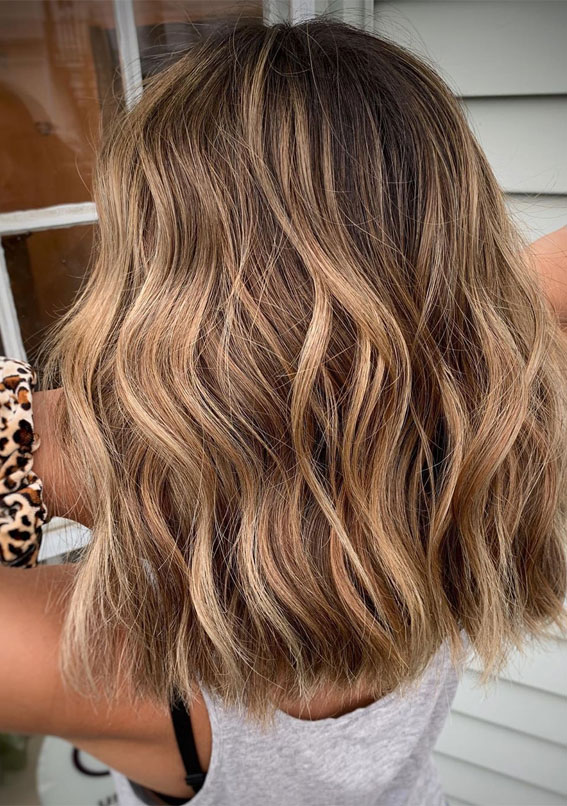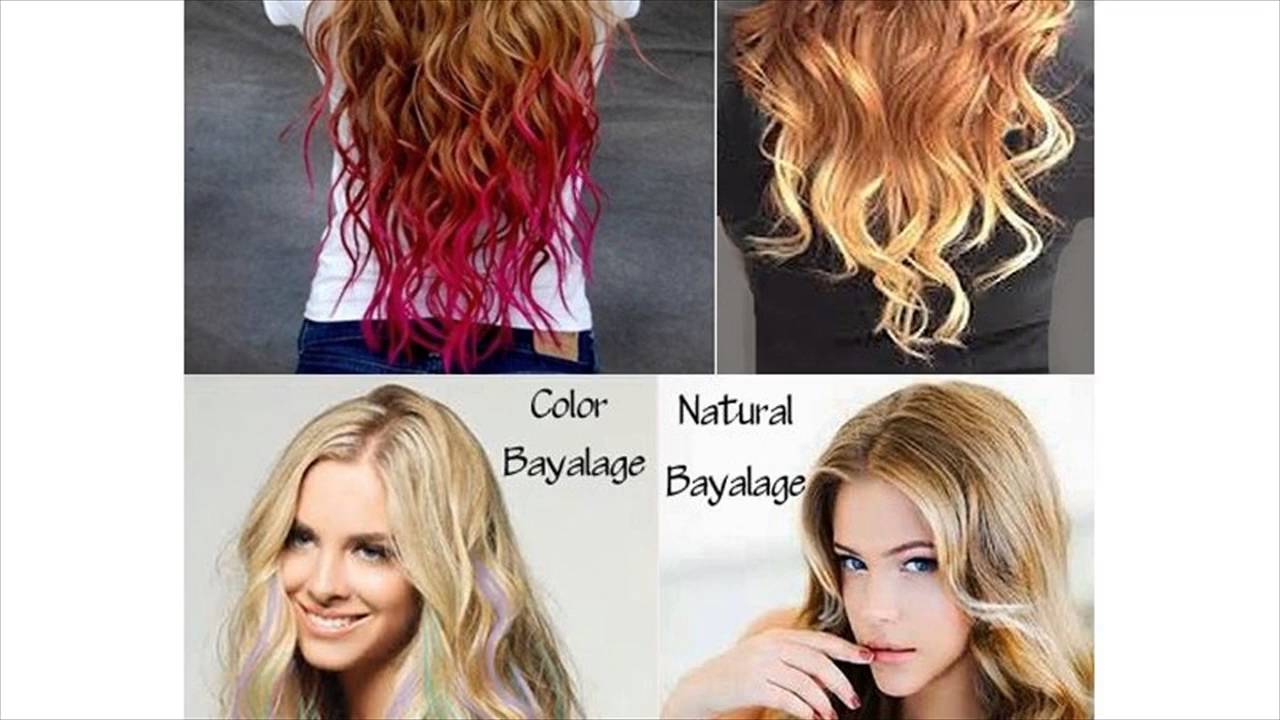
This method creates a more uniform and precise color placement, often resulting in a more noticeable contrast between the highlights and the base color. Traditional highlights involve the use of foils to isolate sections of hair and apply color. When choosing between balayage and ombre at Fluff Color and Balayage Salon in Denver, consider your hair type, desired color effect, and maintenance preferences. Maintenance: Both techniques are relatively low-maintenance compared to traditional highlights, but balayage may require less frequent touch-ups due to its more natural-looking growth.Color transition: Balayage produces a more subtle and natural-looking color blend, while ombre features a more noticeable and defined transition from dark to light.Application: Balayage is hand-painted, while ombre involves a more structured color transition, often achieved using a backcombing technique and color saturation.Though balayage and ombre both involve color transitions, they differ in several ways: Ideal for most hair colors, with the most dramatic results on medium to dark hair.Lower maintenance than traditional highlights, as the color transition starts lower on the hair.Suitable for various hair lengths, from short to long.The benefits of choosing ombre at Fluff Color and Balayage Salon in Denver include: Ombre, derived from the French word meaning “to shade” or “shadow,” is a hair coloring technique that involves a gradual transition from a darker shade at the roots to a lighter shade at the ends. Suitable for most hair colors, although the results are often more subtle on very dark hair.Ideal for various hair types, including straight, wavy, and curly hair.Lower maintenance than traditional highlights.The benefits of choosing balayage include:

At Fluff Color and Balayage Salon in Denver, our skilled stylists create a natural, sun-kissed effect with a seamless blend of color that grows out gracefully. Traditional Highlights: Comparing Popular Hair Color Techniques at Fluff Color and Balayage Salon Denverīalayage, a French word meaning “to sweep” or “to paint,” is a hair coloring technique that involves hand-painting color onto the hair. If you are still unsure which technique to choose, we recommend consulting with one of our expert hairstylists who can help you make the best decision for your hair.Balayage vs. Choosing between the two ultimately comes down to your hair type, face shape, and personal preferences. If you want a bold and dramatic look, Ombre is the better choice.īoth Balayage and Ombre are great hair coloring techniques that can help you achieve the perfect sun-kissed look. If you prefer a natural, subtle look, Balayage is the way to go. Ombre works well on those with oval or heart-shaped faces, as it helps to elongate the face. Here are some tips to help you decide which technique is best for you:īalayage works well on all hair types, while Ombre works best on medium to long hair lengths, especially those with naturally straight hair.īalayage is a great option for those with round or square face shapes, as it helps to soften facial features. When choosing between Balayage and Ombre, it is important to consider your hair type, face shape, and personal preferences. Ombre requires regular touch-ups, as the roots will need to be lightened to maintain the gradient effect. It is not recommended for those with short hair or curly hair, as the transition from dark to light can appear too harsh. Ombre works best on medium to long hair lengths and is ideal for those with naturally straight hair. Ombre creates a bold and striking effect that is perfect for those who want a high-contrast look. Ombre is a French word that means “shadow.” It is a hair coloring technique that involves gradually transitioning from a darker shade at the roots to a lighter shade at the ends.

Balayage works well on all hair types and colors, and can be customized to achieve different looks, from natural and subtle to bold and dramatic.

It is a great option for those who want to add some dimension and depth to their hair without the commitment of regular root touch-ups. It typically involves lighter pieces around the face and ends, and darker pieces at the roots, creating a natural-looking gradient effect.īalayage is a low-maintenance technique that requires minimal touch-ups. Balayage involves painting the hair in a way that mimics the way the sun naturally lightens hair.

Balayage is a French word that means “to sweep.” It is a freehand hair coloring technique that creates a natural, blended look, by painting the hair with lightener.


 0 kommentar(er)
0 kommentar(er)
